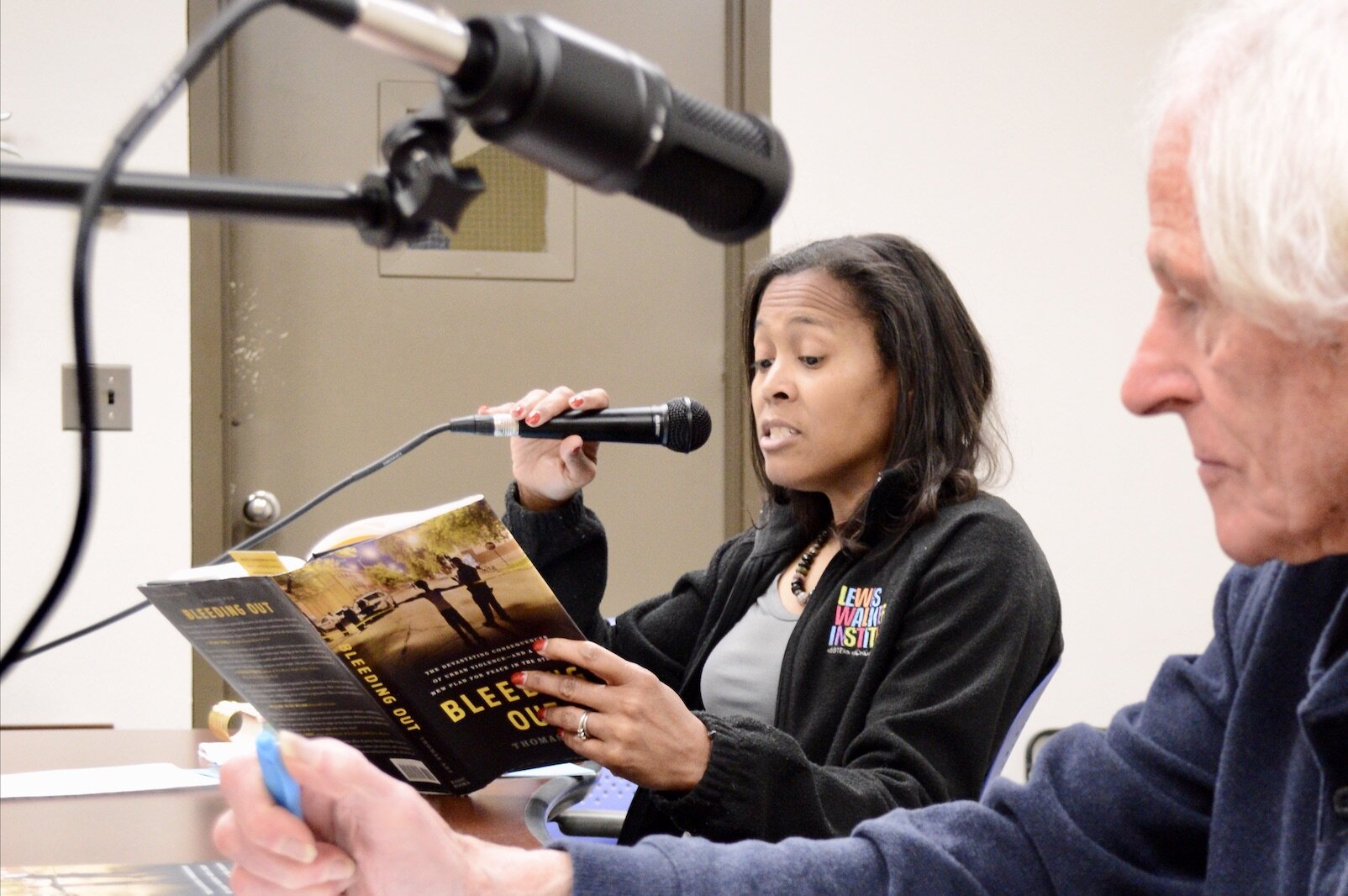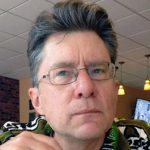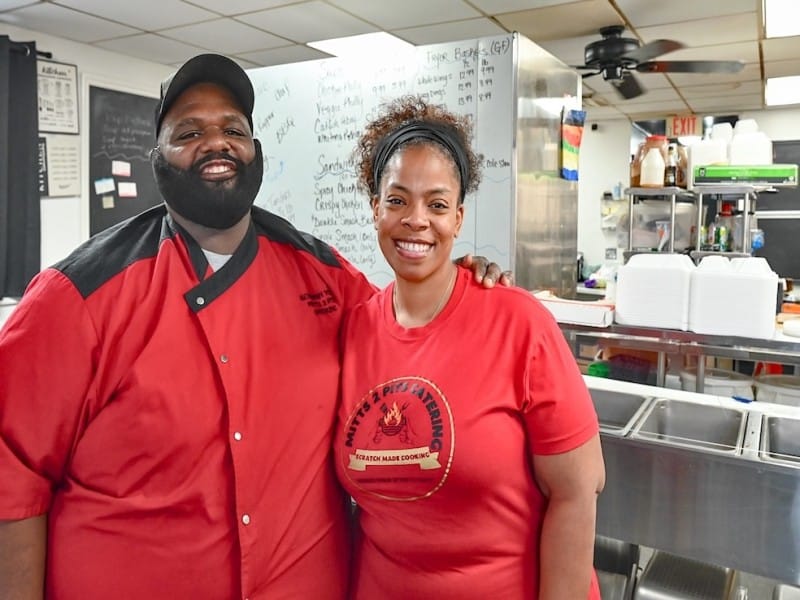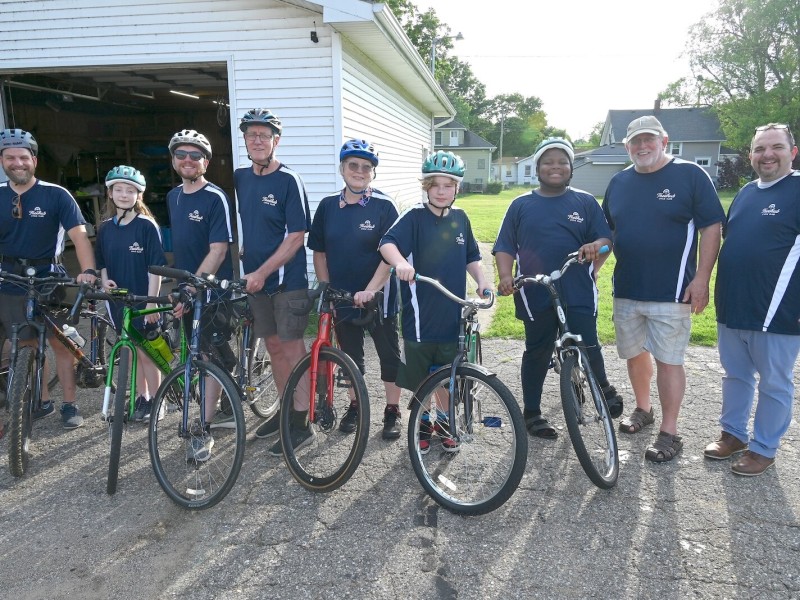First, you stop the bleeding.
Editor’s note: This is the first of two stories arising from discussions in March and April 2022 between the Walker Institute, Kalamazoo City and County government representatives, and area anti-violence nonprofits, on the issues raised “Bleeding Out: The Devastating Consequences of Urban Violence — and a Bold New Plan for Peace in the Streets,” a community read book promoted by the Walker Institute at WMU.
A person is rushed into the emergency room, a bullet having hit a major artery, and they’re bleeding out. The trauma surgeon’s first step is, of course, to stop the bleeding.
Luchara Wallace, director of Western Michigan University’s Walker Institute for the Study of Race and Ethnic Relations, holds up her copy of Thomas Abt’s “Bleeding Out: The Devastating Consequences of Urban Violence — and a Bold New Plan for Peace in the Streets.”
It’s full of her notes, underlines, and highlights that show her excitement for the 2019 work.
She paraphrases Abt’s introduction, which uses the example of a surgeon trying to save a gunshot victim. “If you’re in an emergency room, and someone comes in, before you start dealing with all their other personal issues and their poverty and everything else, you’ve got to deal with the hemorrhaging.”
Abt describes a man in old, dirty clothes. He might be jobless, homeless, without an education. She reads, “Do you start treatment by finding him a job? Locating him an apartment? Or helping him get his GED?”
He might have been involved in a violent altercation, crime, gang activity. “Before he wakes up, do you put him in restraints? Do you alert hospital security or call the police?”
“Of course not,” Wallace continues reading. “First, you stop the bleeding, because unless you stop the bleeding, nothing else matters.”
Community read, community need
The Walker Institute chose “Bleeding Out” to be their community read for 2022.

As with other years’ reads — such as their 2019 one on Ibram Kendi’s “How to be an Antiracist” — the institute is making sure that “Bleeding Out” is part of a community discussion of a serious topic.
This discussion is one Kalamazoo urgently needs to happen, Wallace says, preferably before the summer, when, as in 2021 and 2020, there’ll be a likely spike in gun violence.
The selection was “motivated out of a desire to figure out what can we do. How can we impact gun violence, even though we’re not the ones walking the street, we’re not the ones responding to these crimes. But what can we do as an active research institute to advance these conversations and educate our community?”
They’ve brought local non-profits, Kalamazoo city government officials, and the Kalamazoo Department of Public Safety into the discussions. The Walker Institute connected with Abt, and held online meetings between the author, the City, County, and KPDS officials.
“KDPS has been a key, primary partner,” Wallace says. Local police have been receptive since the KDPS has been using “Bleeding Out” as a required text for officers since 2019.
Also at the table are members of Urban Alliance, ISAAC and UA’s Group Violence Intervention program.
These nonprofits have been working to stop the often young men of color from getting involved in violent activities. Their methods range from finding youth avenues to work and education to having ex-gang members confront current members directly.
Not ‘either/or’
Abt’s journey to authoring “Bleeding Out” began when he was a high school teacher in Washington, D.C., where his students were victims and perpetrators of violent crime. He became a New York City prosecutor, worked on the issue of urban violence for the administration of Governor Andrew Cuomo, and was in President Barack Obama’s Justice Department.

His main premise in the book is that the focus should be placed on identifying specific areas where violence happens and identifying specific individuals and groups who tend to cause the violence. Then diversion, prevention, and punishment should be applied.
What got Wallace excited about “Bleeding Out” is that it “speaks to the complexities” of urban violence. Solutions for violent crime are not “either/or,” they are “both/and,” she says. In other words, both social workers and law enforcement are needed.
“In many ways, our society has presented policing and social services as if they are diametrically opposed,” she says. “Like, if you’re going to provide social services, you can’t provide policing. Or, if you’re going to provide policing, then of course you can’t care about the person, it’s only about what’s right and what’s wrong.”
“Bleeding Out” and the data Abt uses to back his work show “that when you identify the who, and when you identify what their needs are, then you can start to decrease the amount of violence that’s taking place.”
The “who” tends to be young men of color in economically stressed areas, who have a need to financially survive, to belong to some sort of supporting organization, and turn to the only work and support they have available — drug dealing and other crimes, and gangs.
Abt argues that getting individuals education, work, and other social services, is critical to diverting them from illegal and violent activities. He also acknowledges that systemic racism has instilled in these young men a sense that they can’t belong to society.
Yet, if they do break the law, they need to be held accountable. The violence they commit hurts the people around them who’re also suffering from the same stresses — Abt writes that “violence is not simply a manifestation of poverty: it is a force that perpetuates poverty as well.”
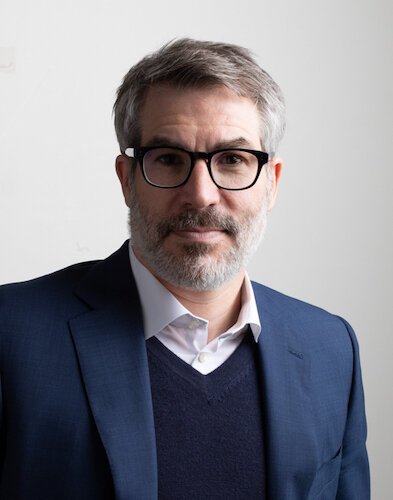
Wallace says, “Now, sometimes that means you have to use the heavy fist of the law…. to say, look, you have a choice, you can either choose to discontinue and disengage in this violent effort, and accept the support that we’re able to give you, or you can continue to do these things and you will experience whatever the outcomes are for your actions.”
Neighborhoods aren’t the problem, but hotspots are
Another area of “Bleeding Out” that Wallace has covered with highlighter is where the author “really focuses on this core concept that although urban violence or violence, in general, is very scary, and it seems like it’s rampant, like it’s everywhere, it actually is not. It’s really concentrated in certain locations, and most of the violence that we see involves a very small number of people.”
There’s been some broad-brush painting of whole neighborhoods as violent, in Kalamazoo.
There needs to be a different perspective on the core neighborhoods, she thinks. “Instead of saying, ‘Oh my gosh, Kalamazoo is just dangerous! The Northside is just bad!… The Edison neighborhood, that’s just not the place to be!’ Like, no, that’s not the case. It’s really a situation that there are specific streets, there are specific lots on specific streets, in specific neighborhoods, where specific groups of people tend to go back to.”
This specific spot perspective clears out the hopelessness caused by the fear that entire neighborhoods are war zones, and guides focus on the real hotspots.
“He gives some focused deterrence strategies. Target high-risk offenders and offending groups. Focus on ‘hotspots,’ where policing deploys additional police patrols to those high crime ‘micro-locations,’ not the entire neighborhood, but micro-locations in a neighborhood.”
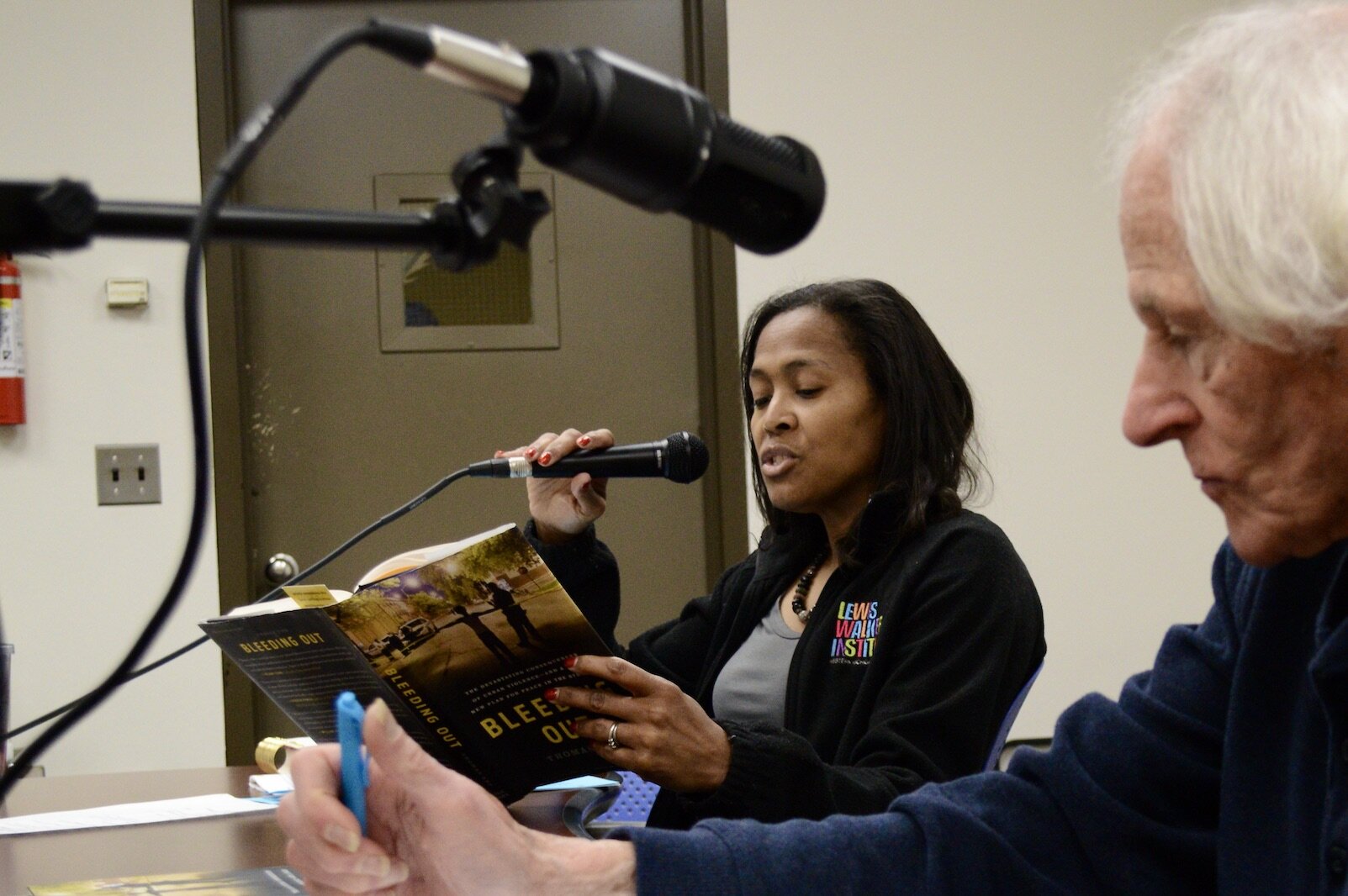
Police can patrol on foot, get to know the neighbors. Cities can improve a hotspot, add lighting, and take down dilapidated buildings, she says.
“Things can be tough and soft, but there has to be balance,” Wallace says. “Balance is another thing, that’s how you get to the trust, right?”
To build trust
Abt’s methods sound like a middle-way to deal with crime, whereas often the oxygen seems to be taken up by “tough on crime” advocates, or those calling to “defund the police.”
“I think our community can definitely fall on both sides,” she says. “You’ve got some members of our community that are ‘you need to be tougher on crime, you need to get more cops, you need to have more policing in the dangerous areas where people live’. But that’s because they don’t really know.”
“And you have others who are like, ‘oh, well, let’s just give more money to non-profits or mental health services and support, and that should fix the problem. And that, too, is a politically expedient thing to do because we’re making some assumptions — if you build a field, they will come. And that’s not the case.”
Young men on the verge of getting into violent crime don’t take advantage of social services. And on the other side, police abuses can happen “that can dismantle years’ worth of trust,” she says.
In a 2019 Atlantic article looking at ways police and cities are using Abt’s methods, Buffalo, NY, police visit a mother and son, after the son had nearly been killed by a rival gang.
The officers told the young man he could get help, could get on another path, and get connected to social services.
After the police left, the mother said that it all seemed “fake… That’s not how our Buffalo police work…. They don’t come out; they don’t speak to people.”
Lack of trust is the result of the abuse of police power and outside groups that try to change a community without knowing or communicating with that community. Lack of trust ruins the efforts of both police and social services.
“Make sure the community feels like they’re being listened to,” Wallace says. The lack of communication leads to a feeling that entire communities are being seen as criminal. “‘This is how it makes us feel when you make an assumption that all black males are dangerous, or that any black person driving a nice car in a neighborhood has to be a drug dealer.’ We’ve seen how over-policing in Kalamazoo specifically has had a negative impact on individuals and communities of color.”
Negative interactions have an impact on society, “whether you live in that community or not. That’s the thing. Sometimes we forget that some of these same biases that have had a negative impact in some of our three core neighborhoods have been the focus of a lot of this work.”
Building trust is a part of Abt’s methods, something he addresses in his book. “It’s going to take time,” Wallace says.
Working out the short-term goals to stop the bleeding
In their online meetings with Abt, he talked about his latest work with the Council on Criminal Justice, a list of “Ten Essential Actions Cities Can Take to Reduce Violence Now.”
After the meetings, Wallace says, “some of our elected officials and some of our other leaders said, hey, would the Walker Institute be willing to guide us in some discussions?”
In 2021, “Both the city commission and the county commission have voted and determined that violence is a public health emergency and that they’ve both committed a million dollars, ARPA dollars, to do something about this.”
The institute agreed to meet with representatives of the city, county, and nonprofits to look at short-term goals, she says. “Knowing that summer is right around the corner, what are the things that we could do to make sure we are positioning our community so that we’re not repeating the same situations that occurred in 2020 and 2021? How can we make some changes in 2022?”
The final meeting, to share short-term goals and recommendations took place Monday, April 4, 2022. In the second story, we’ll hear what was shared.


